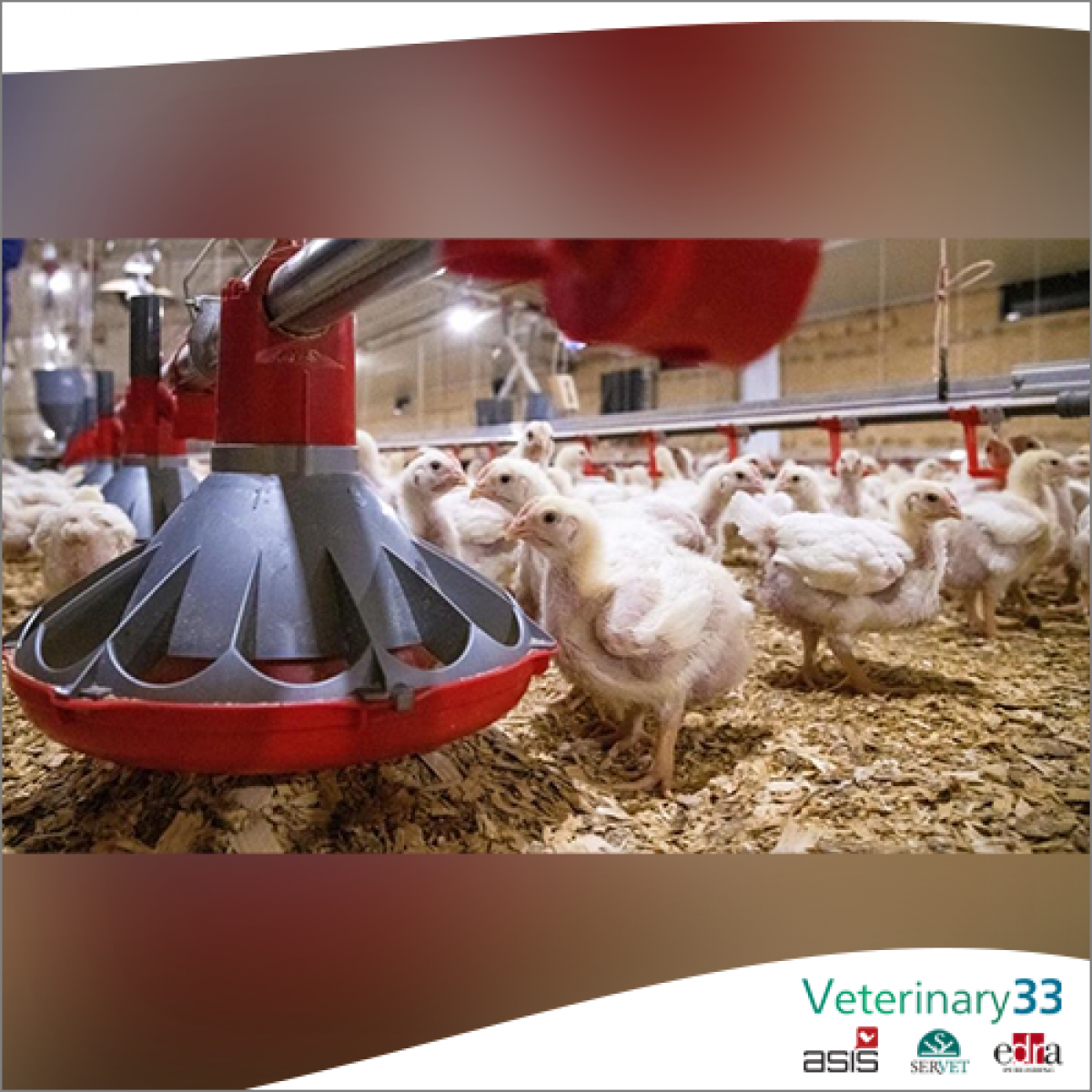A project to observe the role of the microbiota in the susceptibility of birds to avian influenza viruses
A research group wants to reveal keys to better prevention of outbreaks of the disease in poultry farms.
The commensal microbiota plays an essential role in health, being able to be part of the defense against pathogens or, on the contrary, promote infections. The microbiome's composition varies by species, diet, and habitat and is altered during infections, as is the case with avian influenza viruses (VIA).
In domestic chickens it differs considerably between breeds and intensive or extensive rearing conditions. On the other hand, in the house sparrow (Passer domesticus), which is one of the most frequent birds in humanized urban and rural environments and an important potential vector of VIA in poultry, the composition of the intestinal microbiome varies significantly between rural and urban habitats.
Although both the impact of VIA on the composition of the microbiome and the role of its composition in host defense during the course of VIA infection have been experimentally studied, to date there is no information on how pre-existing differences in the composition of the microbiome can affect the development of VIA infection.
However, this information is key to understanding the susceptibility to avian influenza infection of poultry and how the change in pressure from urbanization and climatic conditions affect the composition of the microbiota and thus the physical condition and potential susceptibility to pathogens in wild birds.
In fact, the high mortalities among wild birds in the current and recent epidemic waves of avian influenza in Europe may in part reflect an increase in the susceptibility of some individuals. Therefore, understanding how that change can affect the potential of VIAs in a domestic bird species, abundant and difficult to control, could be crucial for controlling the spread of epidemics like the current one.
Differences in the composition of the microbiota
Thus, the objective of the "INFLUOMA Project: Experimental approach to the interaction of the intestinal and respiratory microbiota of domestic and wild birds with infection by avian influenza virus", which has been proposed for funding by the 2020 call of the State Program for Generation of Knowledge and Scientific and Technological Strengthening of the R + D + i System and the State Program of R + D + i Oriented to the Challenges of Society, will be to study how the differences in the composition of the microbiota between the chicken breeds of fattening and among urban and rural house sparrows affect the development of VIA infection.
The INFLUOMA Project will be led by the researchers Ursula Höfle and María Isabel G. Fernández de Mera, from the Research Group in Health and Biotechnology (SaBio) of the Research Institute in Game Resources (IREC - CSIC, UCLM, JCCM), in coordination with the Animal Health Research Center of the Institute for Agrifood Research and Technology of Catalonia (IRTA-CReSA) and the Basque Institute for Agricultural Research and Development (NEIKER). The three institutions have been collaborating in research on the avian influenza virus for ten years.
Overall, the INFLUOMA Project will investigate how the microbiota influences the susceptibility of wild and domestic birds to avian influenza viruses (VIA). It is based on previous findings, including the fact that wild birds infected with VIA also carry other pathogens such as Salmonella or Mycobacterium avium, the co-infection of which can have different effects; that wild birds living on farms provide connection of these to other farms and wetlands and that there are individual differences in the susceptibility of domestic birds to infection with highly pathogenic VIA.
Wild and domestic bird studies
In the INFLUOMA Project, the researchers will combine studies in wild birds (waterfowl and sparrows) and domestic birds (fast and slow growing broilers in an industrial and ecological regime in the natural environment) and laboratory experiments. On the one hand, they will use novel satellite tracking technology in a model of wild waterfowl, the laughing gull (Chroicocephalus ridibundus), to assess the effect of VIA infection in combination with other pathogens on their mobility.
On the other hand, they will use a combination of analysis of field samples and laboratory experiments to study whether the effect that the microbiota, subject to the rural or urban environment in which sparrows live, determines their susceptibility to infection by a VIA. Finally, they will experimentally study how the composition of the fast and slow-growing broiler microbiota affects their susceptibility to VIA.
These studies will reveal keys to better prevention of VIA outbreaks in poultry farms and will help at the same time as a model to better understand how the current drastic changes in the climate and in the environments in which wild and domestic birds live, and on their entire diet, influence the transmission and outcome of infectious diseases.









List
Add
Please enter a comment